Pain-Free Living: How Yoga Can Help Manage Chronic Pain
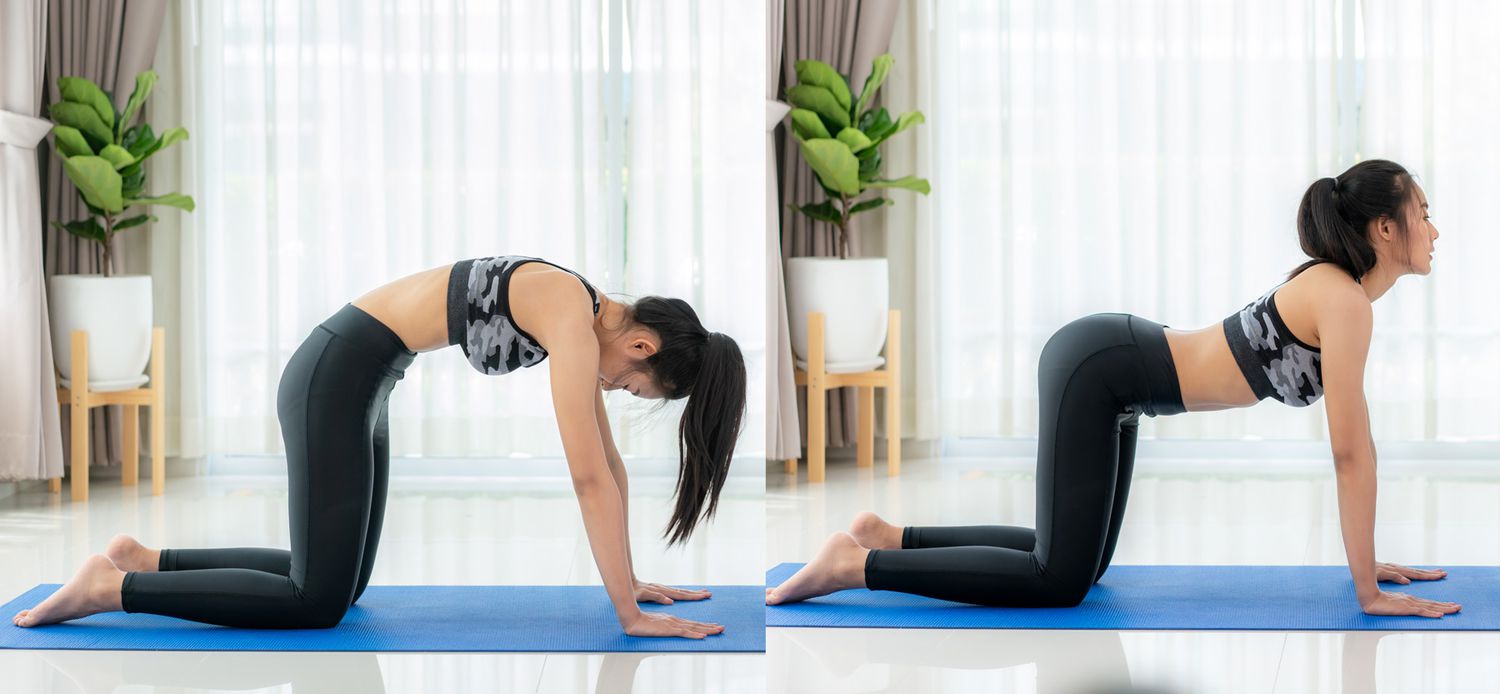
Summary:
- Gentle yoga, Yin-Yang yoga, restorative yoga, yoga nidra, meditation and breathing practices are the important types/aspects of yoga which can claim to be most beneficial for patients with chronic pain of various etiologies.
- Power yoga, hot yoga, advanced yoga practices are contraindicated for patients with chronic pain.
- Yoga can work as both a standalone treatment option as well as an add-on to conventional treatment for management of chronic pain.
Chronic pain is defined as persistent or recurrent pain that lasts for an extended period, typically lasting for three months or longer, beyond the normal healing time of an injury or illness. Unlike acute pain, which serves as a warning signal for injury or illness, chronic pain can persist for months or even years. Chronic pain can be caused by a variety of underlying conditions. Some of the common conditions that can result in chronic pain include:
Musculoskeletal conditions: Conditions affecting the muscles, bones, joints, and connective tissues can lead to chronic pain. Examples include osteoarthritis, rheumatoid arthritis, fibromyalgia, myofascial pain syndrome, and chronic back or neck pain.
Nerve-related conditions: Damage or dysfunction of the nerves can result in chronic pain. Conditions such as neuropathy, postherpetic neuralgia (nerve pain following shingles), trigeminal neuralgia, and complex regional pain syndrome (CRPS) can cause persistent pain.
Inflammatory conditions: Inflammatory disorders characterized by chronic inflammation can lead to ongoing pain. Conditions like rheumatoid arthritis, lupus, inflammatory bowel disease (Crohn’s disease, ulcerative colitis), and certain autoimmune diseases can cause chronic pain.
Chronic headaches and migraines: Recurrent and severe headaches, including migraines and tension headaches, can cause chronic episodic pain that lasts for extended periods.
Persistent post-surgical pain: Some individuals experience chronic pain after surgical procedures. This can be due to nerve damage, scar tissue formation, or other factors related to the surgery.
Chronic pelvic pain: Persistent pain in the pelvic region can be caused by conditions like endometriosis, pelvic inflammatory disease (PID), interstitial cystitis, and chronic prostatitis.
Central sensitization syndromes: Conditions characterized by amplified pain processing in the central nervous system, such as fibromyalgia and chronic fatigue syndrome, can lead to widespread and persistent pain.
Cancer-related pain: Some types of cancer or its treatment can result in chronic pain. This can include pain from tumors pressing on nerves or organs, as well as pain resulting from chemotherapy, radiation therapy, or surgery.
Other conditions: There are numerous other conditions and injuries that can lead to chronic pain, such as spinal disc herniation, spondylosis, neuropathic pain, temporomandibular joint disorder (TMJ), somatoform disorders and post-traumatic pain syndrome.
Living with chronic pain can significantly impact one’s physical, emotional, and mental well-being. It can limit daily activities, reduce mobility, interfere with sleep, and lead to emotional distress, including depression and anxiety. Chronic pain is often complex and multifaceted, requiring a comprehensive approach to management.
Traditional treatments for chronic pain typically involve medications, physical therapy, and other interventions. However, an increasing number of individuals are turning to complementary and alternative approaches, such as yoga, to help manage their pain and improve their overall quality of life.
Yoga, an ancient practice originating from India, combines physical postures (asanas), breathing exercises (a combination of body movements and breath), pranayama, meditation, and relaxation techniques. It offers a holistic approach to pain management by addressing the physical, emotional, and mental aspects of well-being. In yogic terminology, yoga works at pancakosha level (five sheaths of existence) to ensure well-being.
Several types of yoga practices can be useful for the management of chronic pain. Here are some commonly recommended practices:
Restorative Yoga: As the name suggests, restorative yoga focuses on the rejuvenation aspect and a session of restorative yoga is overall soothing and relaxing. It may involve both active as well as supported and passive postures that allow the body to deeply relax and release tension. Props like blankets, bolsters, and pillows to provide support and comfort are also used during restorative yoga sessions. This practice can help alleviate pain, reduce muscle tension, and induce a state of deep relaxation.
Gentle Hatha Yoga: Gentle hatha yoga incorporates gentle, slow-paced movements along with other core concepts of hatha yoga practice. It helps improve flexibility, balance, and posture, while also promoting relaxation and stress reduction.
Yin Yoga: Yin yoga is a slow-paced yoga practice which focuses on long-held poses that target the deep connective tissues of the body. Postures sometimes may be held for a duration as long as five minutes. It promotes flexibility, joint mobility, and circulation, while also cultivating mindfulness and relaxation. Yin yoga is particularly beneficial for individuals with chronic pain in areas such as the lower back, hips, and joints.
Yoga Nidra: Yoga Nidra, also known as “yogic sleep,” is a guided meditation/relaxation practice that promotes deep relaxation and rejuvenation. It can help reduce stress, improve sleep quality, and alleviate pain by inducing a state of profound relaxation and healing.
Pranayama: Various pranayama techniques, such as deep diaphragmatic breathing, alternate nostril breathing (Nadi Shodhana), and bhramari pranayama, can help regulate the nervous system, reduce stress, and enhance relaxation. These practices should be part of your yoga routine to support pain management.
Breathing practices: Breathing practices like hands-in-and-out breathing hands-stretch breathing, ankle-stretch breathing, shashankasana breathing, bhujangasana breathing, ardha shalabhasana breathing, pawanmuktasana breathing etc. involve slow synchronized body movement and breath and can be useful for patients with chronic pain. It is popularized by Swami Vivekananda Yoga Anusandhana Samsthana (S-VYASA).
Meditation & Mindfulness: All types of meditation helps in calming down the mind and cultivate non-judgmental awareness of the present moment. It would be a great gift for patients with chronic pain to inculcate a habit of meditation. Guidance of a trained professional is more relevant before initiating meditation practice, as the wrong practice can result in worsening symptoms of pain.
Cyclic Meditation: S-VYASA fame Cyclic Meditation (CM), a technique focusing on the concept of stimulation and relaxation, can be a useful add-on practice for patients with chronic pain management. It involves postures and relaxation as the core components.
Selection of specific practice will vary depending upon the reason behind the chronic pain. Here are some common groups of yoga practices useful for managing chronic pain: Shavasana (Corpse Pose), makarasana (Crocodile Pose), balasana (Child’s Pose), Marjaryasana-Bitilasana (Cat-Cow Pose), supta matsyendrasana (Supine Spinal Twist), Supine Hamstring Stretch, Setu Bandha Sarvangasana (Supported Bridge Pose), Viparita Karani (Legs-Up-The-Wall Pose), Supta Baddha Konasana (Reclining Bound Angle Pose), Deep Diaphragmatic Breathing, Body Scan Meditation, Guided Visualization for Pain Relief, Progressive Muscle Relaxation, Autogenic Training, Yoga Nidra. Remember, these practices are most effective when done as part of a well-rounded yoga routine tailored to your specific needs.
Here are some yoga practices that might be contraindicated for patients with chronic pain:
High-impact or vigorous yoga styles: Practices that involve intense physical exertion, jumping, or rapid movements, such as power yoga or hot yoga, may put excessive strain on the body and exacerbate pain or cause further injury.
Deep backbends: Advanced backbend poses, like wheel pose (Chakrasana) or full camel pose (Ustrasana), can put significant stress on the spine and may not be suitable for individuals with chronic back pain or other spinal conditions. These poses are generally not needed as a part of yoga therapy and should be approached with caution and under the guidance of a qualified instructor.
Strong inversions: Inversions, such as headstands (Sirsasana) or shoulder stands (Sarvangasana), may not be recommended for individuals with certain neck, shoulder, or blood pressure issues, as they can increase pressure on the neck, spine, or head.
High-intensity core exercises: Intense abdominal exercises, like intense core crunches or boat pose (navasana) variations, can strain the abdominal muscles and potentially aggravate conditions like herniated discs or pelvic pain. Modifications or gentler core-strengthening exercises may be more suitable.
Prolonged seated poses: Long periods of sitting in cross-legged positions, such as lotus pose (Padmasana) or extended seated forward bends, can cause discomfort and strain for individuals with tight hips, knee pain, or lower back issues. Using props or sitting on a chair can provide more support and comfort.
Overstretching or pushing beyond limits: It’s important to practice within your limits and avoid forcing or pushing the body into extreme stretches or positions. Overstretching can lead to injuries or exacerbate existing pain conditions.
Practices that increase pain or discomfort: Any yoga practice that causes significant pain or discomfort during or after the session should be avoided or modified. It’s crucial to listen to your body and make modifications or seek alternatives that are more suitable for your condition.
While the benefits of yoga for chronic pain can vary depending on individual circumstances, several conditions commonly associated with chronic pain have shown positive responses to yoga practice. Here are some conditions that may benefit from yoga as part of a comprehensive pain management approach:
Lower Back Pain: Yoga can help improve spinal flexibility, strengthen the core muscles, and promote better posture, which can alleviate lower back pain.
Osteoarthritis: Gentle yoga poses and movements can help improve joint mobility, reduce stiffness, and increase muscular support around the affected joints, providing relief from osteoarthritis pain.
Rheumatoid Arthritis: Gentle yoga practices can help reduce inflammation, improve joint flexibility, and enhance overall well-being in individuals with rheumatoid arthritis.
Fibromyalgia: Yoga’s combination of gentle movement, relaxation techniques, and mindfulness can help reduce pain, fatigue, and stress associated with fibromyalgia.
Neck and Shoulder Pain: Yoga poses and stretches that target the neck and shoulder area can help relieve muscle tension, improve posture, and increase range of motion, providing relief from chronic pain in these areas.
Migraines and Headaches: Certain yoga practices, including relaxation techniques, gentle stretches, and breathing practices, can help reduce the frequency, intensity, and duration of migraines and headaches.
Chronic Fatigue Syndrome: Yoga’s gentle movements, deep relaxation, and breathing exercises can help manage symptoms of chronic fatigue syndrome, such as pain, fatigue, and stress.
Multiple Sclerosis (MS): Modified yoga poses and gentle movements can improve balance, flexibility, and overall physical functioning for individuals with MS, potentially reducing pain and enhancing quality of life.
Inflammatory Bowel Disease (IBD): Yoga’s stress-reducing effects, along with gentle movements and breathing exercises, can help manage pain, promote relaxation, and improve overall well-being in individuals with IBD.
It’s important to note that the response to yoga can vary among individuals, and it may not be a standalone treatment but rather an adjunctive approach within a comprehensive pain management plan. It’s recommended to consult with healthcare professionals and qualified yoga instructors experienced in working with chronic pain to create an individualized yoga practice that suits your specific needs and limitations.
Related Posts
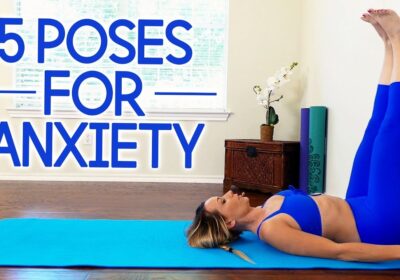
Yoga for Anxiety Disorders
Summary: Yoga can be used as both an add-on treatment and as a monotherapy for…
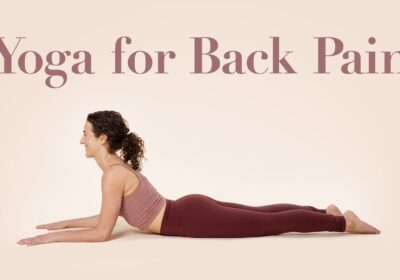
Yoga for Back pain
Summary: Yoga can be used as both an add-on treatment and as a monotherapy for…
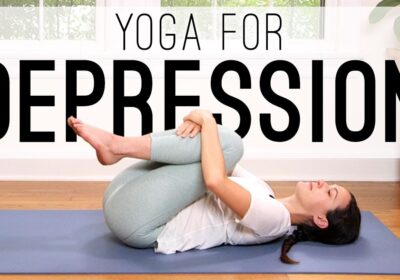
Yoga for Depression
Summary: Yoga can be used as both an add-on treatment and as a monotherapy for…
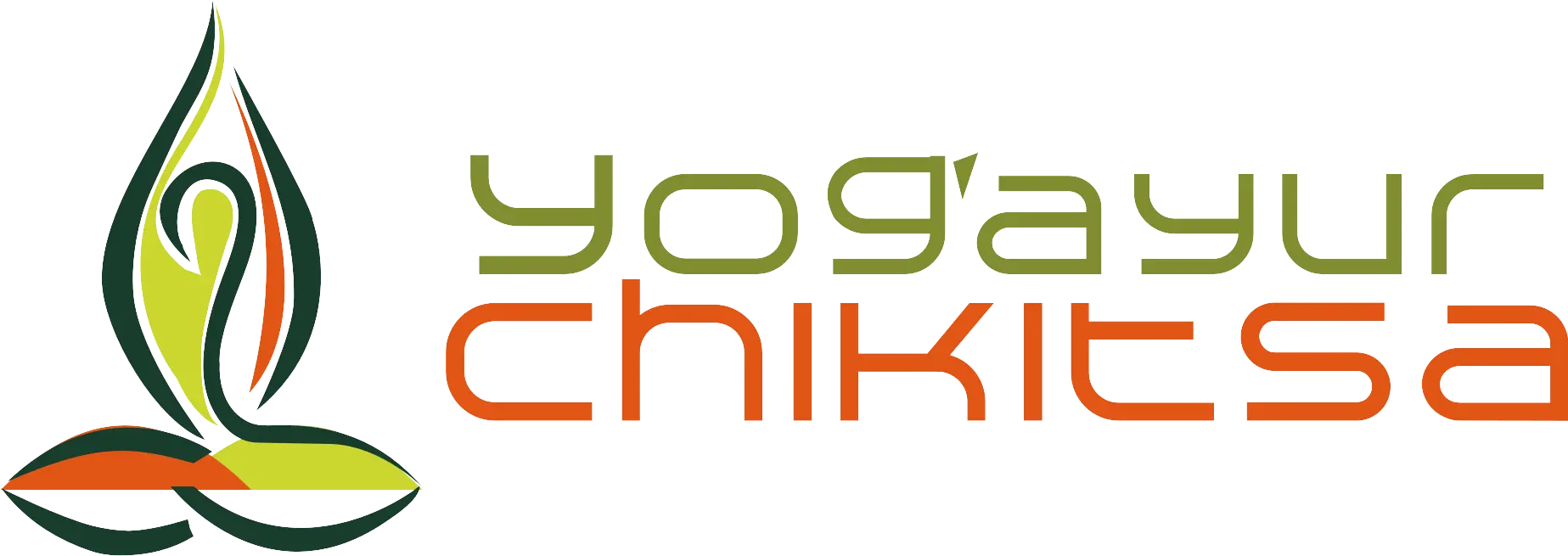
Leave a Reply